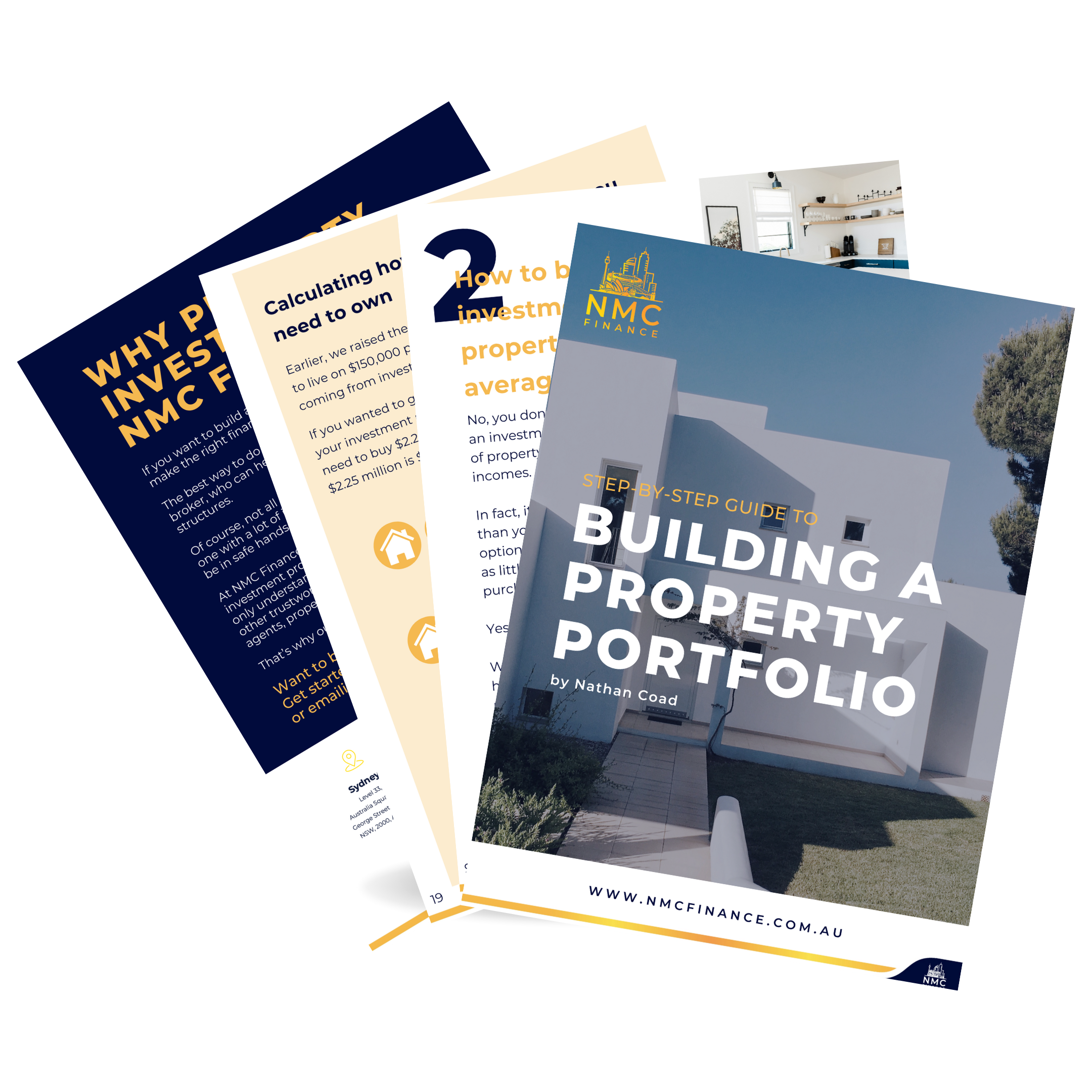Purchasing a franchise offers the opportunity to enter business ownership with the backing of an established brand and proven systems.
While the model reduces some of the risks associated with starting from scratch, the financial outlay can still be significant.
Understanding how to fund a franchise purchase is one of the most important steps in the process.
Let’s break down the key financial options and what lenders typically look for when assessing franchise applications.
How much does a franchise cost?
Franchise start-up costs in Australia can vary significantly depending on the brand, location, and the type of business model.
Whether mobile, retail, or food-based, each franchise comes with its own financial expectations.
Here is a general guide to typical costs:
1. Service-based or mobile franchises: $30,000 to $100,000
These franchises often have lower entry points because they do not require a physical retail location.
Examples include cleaning services, lawn care, tutoring, bookkeeping, and handyman businesses.
- Franchise fees may start from $8,000 to $25,000
- Additional costs include vehicle fit-out, equipment, training, insurance, and marketing
- Ideal for buyers seeking lower overheads or flexible working models
2. Fixed-site retail and food franchises: $200,000 to $600,000+
Retail and hospitality franchises involve higher upfront investment due to location, shop fit-outs, staff hiring, and stock purchases.
These are often national or international brands.
- Franchise fees commonly range between $30,000 and $80,000
- Fit-out, lease guarantees, working capital, stock, and equipment can make up the bulk of the cost
- Larger brands and high-foot-traffic locations may push costs beyond $600,000
3. Premium or multi-site franchise models: $500,000 to $1 million+
In cases where the franchise includes multiple sites, commercial kitchen operations, or extensive infrastructure, costs can exceed $1 million.
- Common in sectors like fitness chains, aged care, health clinics, or hospitality precincts
- Requires comprehensive due diligence and often a staged funding strategy
Additional expenses to factor in across all types include:
- Legal and accounting fees
- Initial marketing and launch campaign
- Training and onboarding fees
- Licensing and compliance costs
- Ongoing royalties and marketing levies once operational
Most buyers fund their franchise purchase through a combination of savings, equity release from existing assets, and external finance.
Lenders will typically want to see a detailed breakdown of all costs as part of the finance application.
Franchise finance options explained
There are several ways to secure funding for a franchise purchase. The right choice will depend on the buyer’s financial profile and the franchise being purchased.
Here are the most common options:
1. Secured business loan
This involves using residential or commercial property as collateral.
- Typically offers lower interest rates and longer terms
- Suitable for buyers with existing equity or assets
2. Unsecured business loan
This does not require collateral, making it quicker to arrange.
- Often used when speed is a factor
- Interest rates may be higher due to increased lender risk
- Usually suitable for lower-cost franchises
3. Franchise-aligned lenders
Some banks and lenders offer specialised products for well-known franchise brands.
- May include pre-approved loan structures
- Often faster to process if the franchise is on an approved list
- Fewer documentation requirements in some cases
4. Equipment or fit-out finance
This is used specifically for assets such as kitchen appliances, vehicles, or store fit-outs.
- Keeps working capital available for other business needs
- Can be bundled with the main business loan or held separately
5. Personal loan or equity drawdown
Franchisees may also draw on their personal equity or use unsecured loans as a funding supplement.
- Can provide flexibility for unexpected costs
- Needs to be managed carefully to avoid overextension
What lenders look for
Lenders assess franchise finance applications by reviewing both the individual buyer and the franchise business model.
A strong application will typically include:
- Evidence of stable income or financial reserves
- A detailed business plan outlining projected cash flow and expenses
- Information about the franchise brand’s history, success rate, and operational support
- Clear understanding of the borrower’s industry experience or ability to run the business
Even though franchises are considered lower risk than independent start-ups, lenders still want to see a thoughtful, realistic approach.
Tips to strengthen the application
Securing funding is not only about finding the right loan but also about presenting a compelling case to lenders.
Suggestions for improving your application include:
- Preparing a professional business plan with realistic financial projections
- Demonstrating a strong credit history and clean financial records
- Selecting a reputable franchise brand with ongoing support and training
- Understanding your breakeven point and having a buffer for early trading months
Working with a finance broker can help tailor the application and present it in the strongest light.
*The figures in this blog are provided as a general guide only and will vary depending on the franchise model, brand reputation, and specific terms within the Franchise Disclosure Document. This blog is intended for general informational purposes only. For personalised advice tailored to your unique financial situation, please contact NMC Finance.

